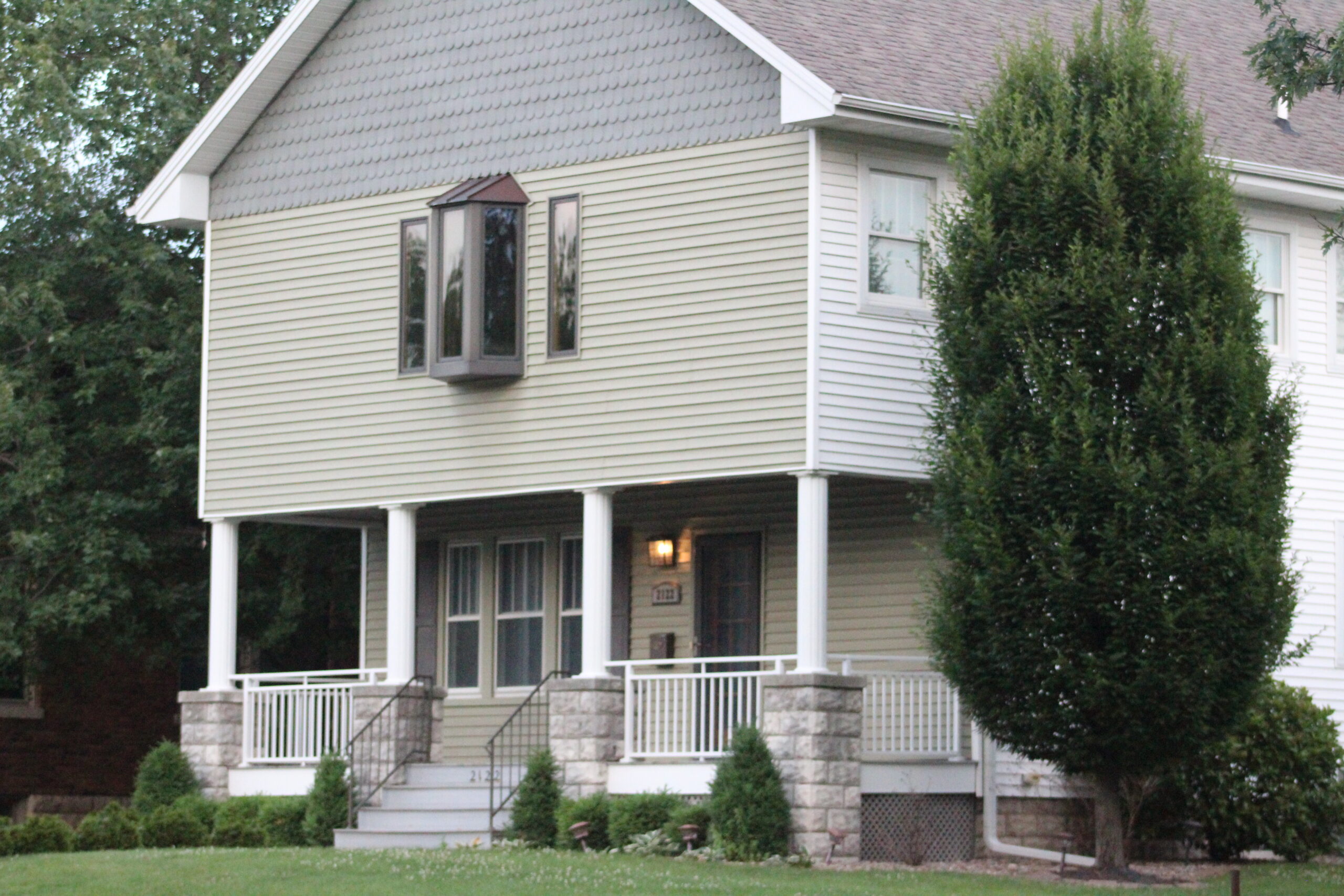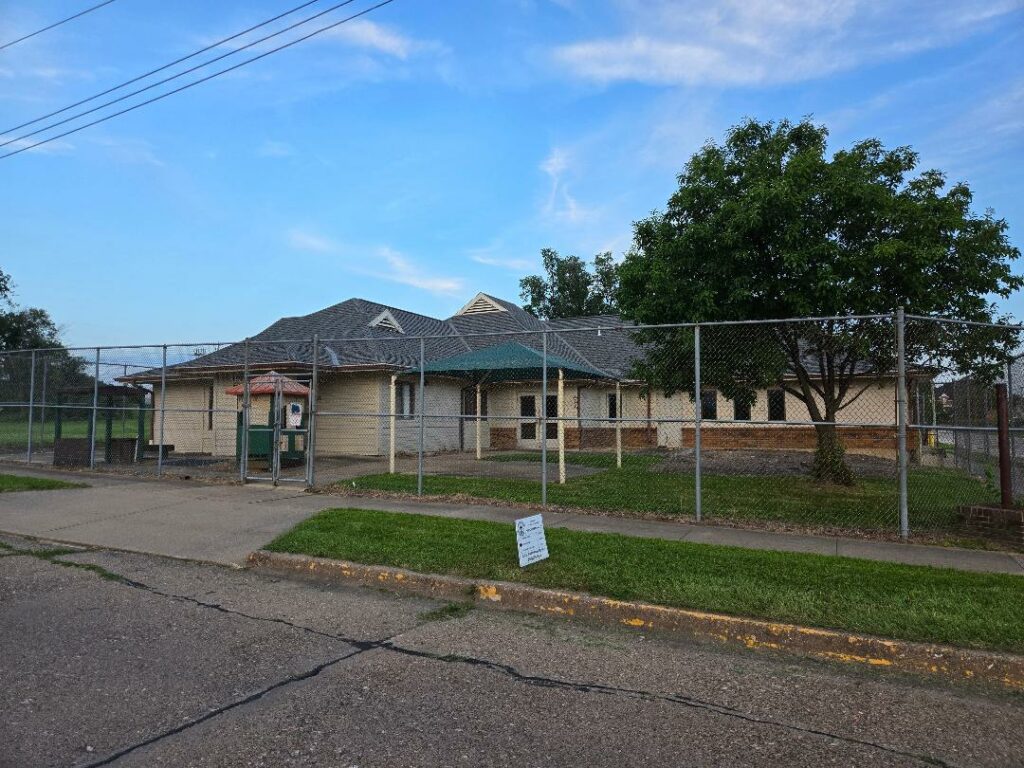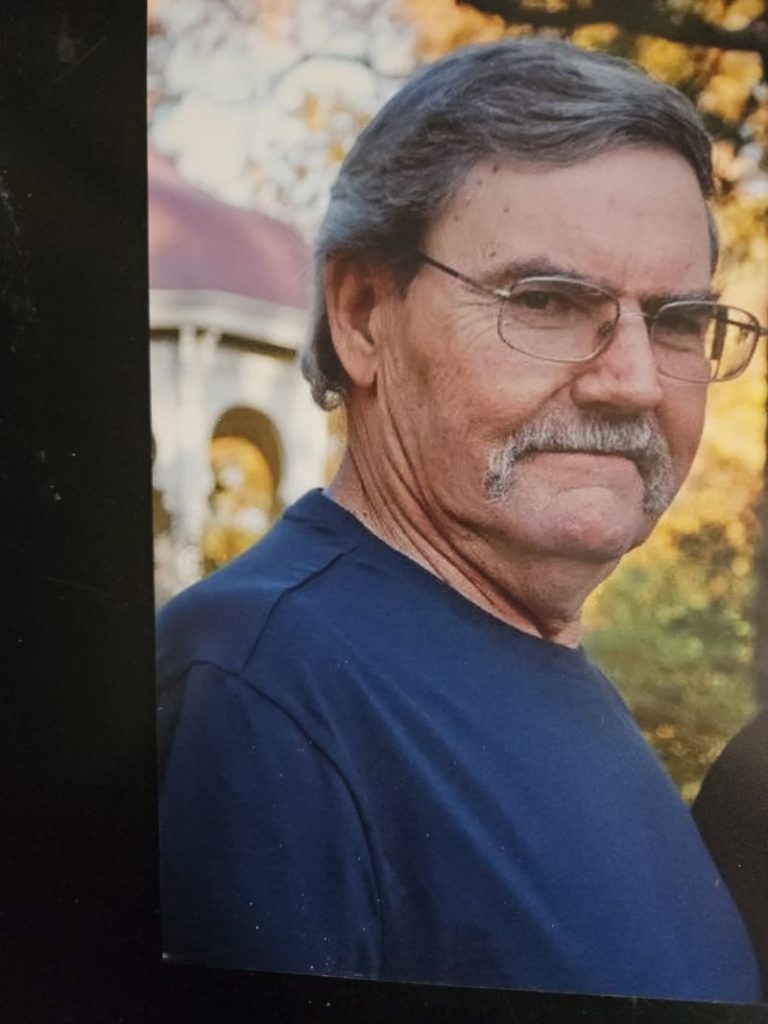Quincy Plan Commission denies permit for facility for pregnant women

QUINCY — At Tuesday’s meeting, the Quincy Plan Commission recommended a denial of the request for a special permit for planned development put forth by Todd Hastings with the Hope House of Quincy to allow for the operation of a maternity house at 2122 Jefferson for pregnant women who are potentially facing homelessness.
The recommendation will be presented on July 7 to the Quincy City Council, which has the final say on the permit request. The council will be asked to either concur with the recommendation of the plan commission and deny the permit or to reject the recommendation of the plan commission and ask for an ordinance to be drafted. If the council rejects the plan commission recommendation, the special permit for planned development would require the adoption of an ordinance, which takes three weeks to approve. It would also take a supermajority of the city council to overturn the plan commission’s recommendation.
In addressing the board, Hastings outlined the Hope House’s mission.
“We are saving the lives of the unborn by engaging and empowering mothers with the love of Jesus and giving them hope for their future,” Hastings said. “It is our desire to provide housing, education and jobs, as well as raising mentors to walk alongside them in one of the most uncertain times of their lives.”
Concerns arose regarding the location of the home within a single-family residential area, which Hastings recognized.
“I understand the zoning for where we want to put the home, but it’s hard to find something with the right zoning,” Hastings said. “We really want to put it in a safe and secure neighborhood where these girls can dream.”
Multiple attendees expressed their apprehension about the maternity house going in at that location. Matthew Scharnhorst, who has lived at 2126 Jefferson for 13 years, noted the potential turnover rate the Hope House could bring to the neighborhood. The residents of the Hope House would be required to stay there for at least a year, but with potentially four residents at a time, Scharnhorst said that could mean “a new neighbor every three months.”
“I feel like this will be a detriment to the community’s cohesiveness that the current residents share,” Scharnhorst said. “Unlike my neighbors and myself, they will have no long-term ties or vested interest in maintaining the quiet culture we’ve come to love.”
Scharnhorst also pointed to a potential dip in property value should the Hope House set up shop at that location.
“When we purchased our home 13 years ago, we bought with several factors in mind. One of the biggest was the overall feel of the neighborhood,” Scharnhorst said. “Knowing that the immediate area was predominantly well-kept, well-maintained single-family homes made us feel at ease. Were we in the market now, knowing that the Hope House was immediately next door, it would amount to a deal-breaker for us, and we’d live elsewhere. This gives me great concern, as when we eventually do decide to sell, will other potential buyers pass over our house with the same reservations?”
Brent Wingerter, who lives at 2116 Jefferson, does not oppose the Hope House’s intentions. Rather, Wingerter would prefer the Hope House find somewhere else for their maternity house.
“We bought our house 36 years ago in a nice, quiet, friendly neighborhood,” Wingerter said. “I never anticipated anything different. I plan on dying in my bedroom upstairs. I’m not open to going anywhere. I’ve been called several names for not backing this — ‘hypocrite’ was the main thing. I’m not against the thought of this. I just don’t think it’s the right location.”
Likewise, Mark Albright, who lives at 928 South 22nd, suggested finding a different location.
“While we have no opposition to the mission, our opposition is the location in our neighborhood,” Albright said. “The dynamics of our neighborhood are quiet, peaceful. Not to say that wouldn’t remain the same, but the potential arises for it to be otherwise. We just don’t want to see it there, and I’d be more than willing to help find an adequate place.”
Scharnhorst shared that sentiment with his neighbors.
“While I feel like the spirit of the Hope House is well-intentioned, I more strongly feel that there has to be a better place with the proper zoning currently in place for this endeavor,” Scharnhorst said.
In other business, the board approved a request from Lenard Miller for a Special Permit for Planned Development to allow for the use of 906 Lind as a counseling center with a setting for court-ordered supervised visitation.
According to city planning director Jason Parrott, Miller said there are currently no locations in Quincy and the immediate area in which the primary use of the facility is court-ordered supervised visitation. Miller said when the court orders supervised visitation, individuals or families involved must find their own location for the meeting, and he said this location will be designed to provide a home-like setting with office space for use as needed.
“Staff sees this as a low-intensity commercial institutional use in that instead of a varied number of customers arriving for retail purchases, it is likely this location would be used on an appointment basis, allowing (Miller) to control the use and frequency of visitors to the facility,” Parrott said.
The building at 906 Lind once housed the Walter Hammond Daycare, which closed in 2014.

Miss Clipping Out Stories to Save for Later?
Click the Purchase Story button below to order a print of this story. We will print it for you on matte photo paper to keep forever.

